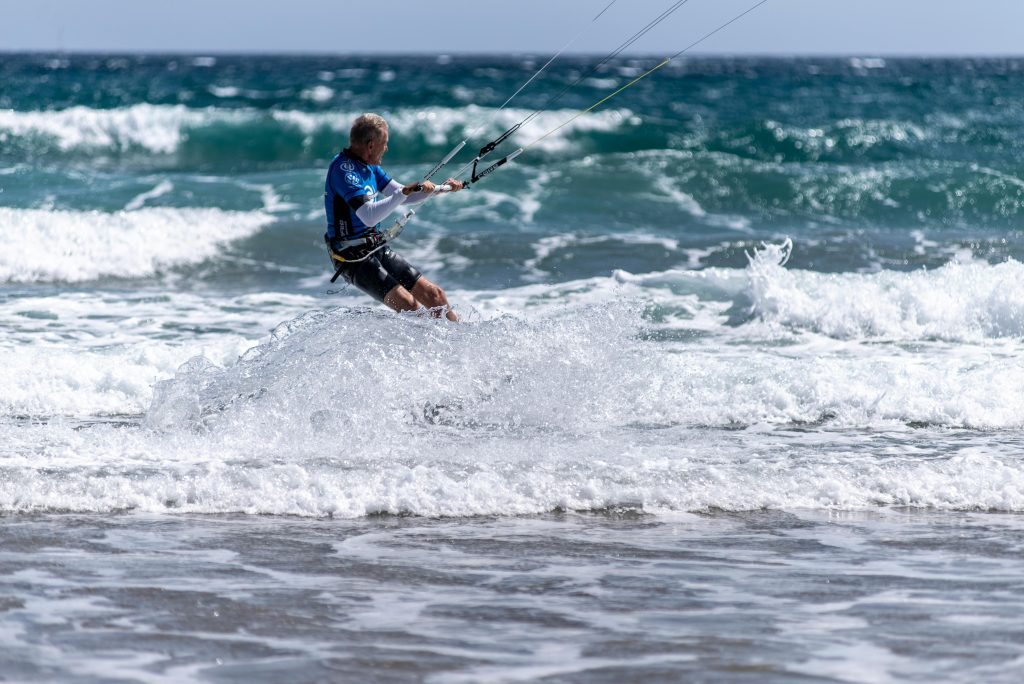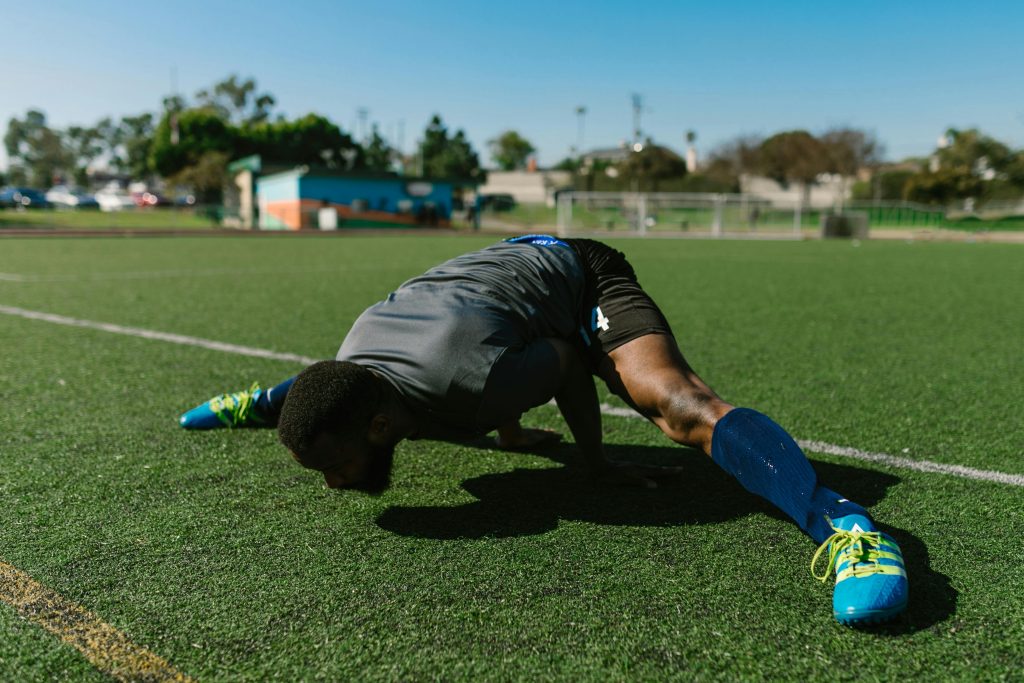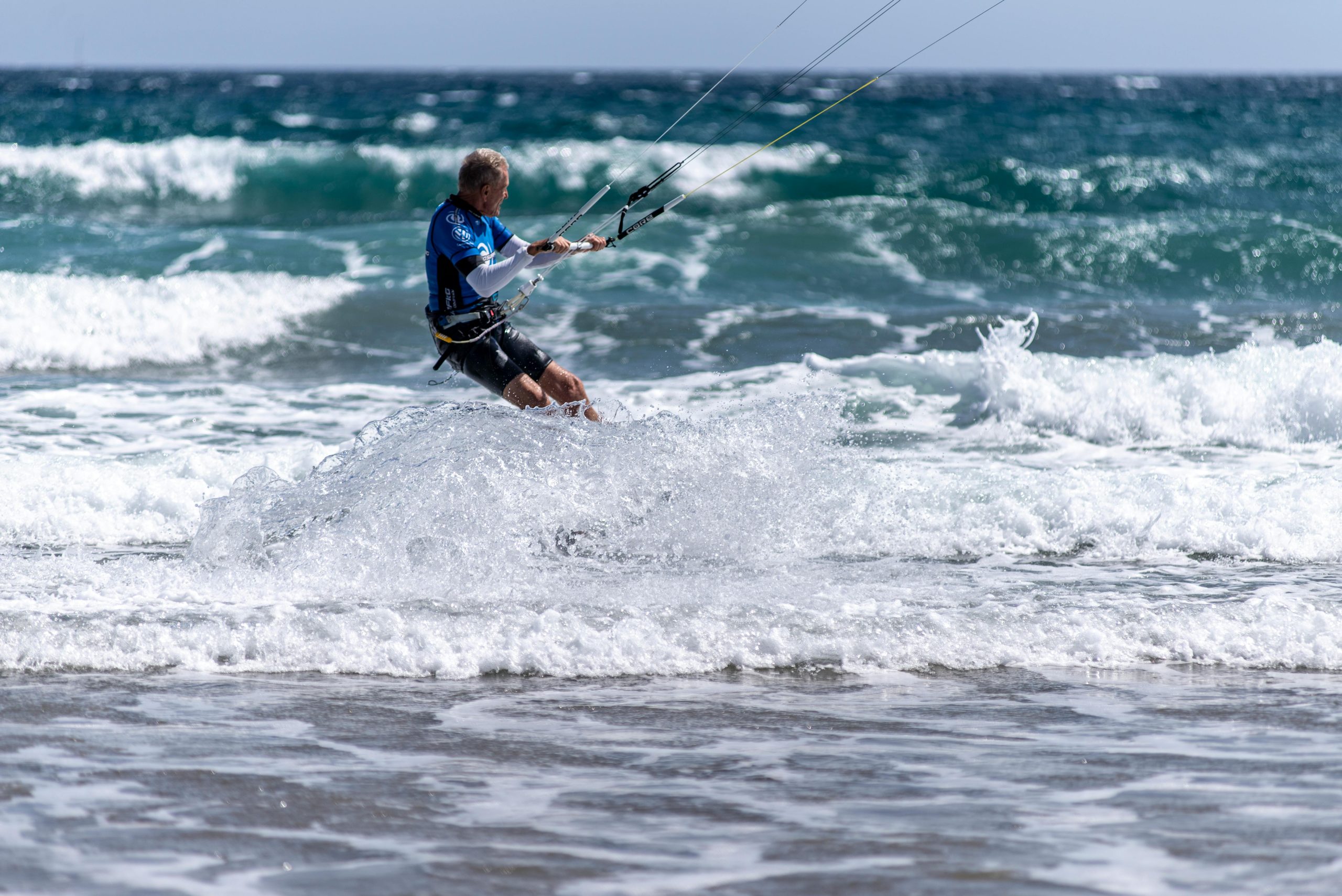How to Progress from Beginner to Advanced Splits: A Complete Guide
Introduction
Achieving full front or middle splits is a hallmark of flexibility and strength that benefits dancers, martial artists, yogis, and fitness enthusiasts alike. Yet, it can feel daunting—especially if your hips and hamstrings feel tight or you’ve struggled to make progress in the past. The good news is that with a structured approach emphasizing gradual progression, proper warm-up, targeted mobility, and consistent practice, anyone can work safely from gentle stretch holds to full splits over time. In this guide, you’ll discover step-by-step progressions, expert tips, mobility drills, and common pitfalls to avoid on your journey from beginner to advanced splits.

Understanding the Splits Variations
Before diving into exercises, it’s important to know the two primary splits you may pursue:
- Front Splits (Hanumanasana): One leg extended forward, the other back, torso upright.
- Middle Splits (Straddle Splits): Both legs extended to the sides in a “V” shape, torso centered.
Each variation recruits different muscle groups:
- Front splits demand hamstring flexibility in the forward leg and hip flexor/quadriceps flexibility in the back leg.
- Middle splits require adductor (inner thigh) flexibility and hip external rotation.
Prerequisites and Safety Considerations
- Baseline Mobility: You should comfortably sit in a low lunge and a straddle of about 45° on each side.
- No Pain Principle: Discomfort is normal; sharp pain indicates you’re overstretching.
- Consistency Over Intensity: Aim for 5–6 short sessions (10–15 minutes) per week rather than infrequent long sessions.
- Listen to Your Body: If joints feel unstable or you experience radiating pain, back off and focus on mobility drills.
Warm-Up and Mobility Foundations
A proper warm-up raises muscle temperature and primes your nervous system:
- General Warm-Up (5–10 minutes):
- Light cardio (jogging in place, jump rope) to increase blood flow.
- Dynamic leg swings: Front-to-back and side-to-side, 10 each leg.
- Dynamic Mobility Drills:
- Deep Lunge with Hip Circles: In low lunge, circle hips clockwise and counter-clockwise, 8 each side.
- Cossack Squats: Shift weight side to side in a wide stance, keeping one leg straight, 8 reps each side.
- Leg Swings with Isometric Holds: Swing the leg up, hold 2–3 seconds at the top, lower with control, 8 each direction.
Beginner Progressions (Weeks 1–4)
Focus on building tolerance in basic holds and introducing passive flexibility.
1. Half Splits (Ardha Hanumanasana)
- Setup: From low lunge, shift the hips back so the front leg straightens, heel on the floor.
- Hold: 30 seconds; 2–3 rounds each side.
- Tip: Keep hips square; flex the front foot to protect the hamstring tendon.
2. Seated Straddle (Butterfly with Legs Wider)
- Setup: Sit with soles together, then slowly walk heels away to widen the angle.
- Hold: 30–45 seconds; 2–3 rounds.
- Modification: Prop hands behind you to maintain an upright torso.

3. Pigeon Pose (Eka Pada Rajakapotasana)
- Forward Variation: Foot of front leg at calf or shin level; fold forward to target glutes and external rotators.
- Hold: 30 seconds; 2 rounds each side.
4. Wall-Assisted Split Slides
- Setup: Lie face-down with front foot against a wall, back leg sliding down.
- Movement: Use hands to gently press hips toward the wall until you feel mild tension.
- Hold: 20–30 seconds; 2 rounds each side.
Intermediate Progressions (Weeks 5–8)
Once you can hold the beginner poses with ease, deepen the stretch with loaded variations and longer holds.
1. Elevated Half Splits
- Setup: Place front foot on a low block or step (4–6 inches).
- Action: Straighten the front leg and lean torso forward to intensify.
- Hold: 45–60 seconds; 2–3 rounds.
2. Straddle with Forward Fold
- Setup: Sit in a wide straddle, hinge at hips to fold toward center, then each leg.
- Sequence: Center → Left leg → Center → Right leg → Center.
- Hold: 20–30 seconds per position.
3. Active Leg Raises
- Front Split Strength: From kneeling, lift the front leg with hip flexor engagement to parallel; lower slowly.
- Middle Split Strength: In seated straddle, lift one leg off the floor 4–6 inches, hold 2 seconds; 8–10 reps each side.
4. Weighted Stretches
- Caution: Use light weights (2–5 lbs) on thighs to add gentle load in half splits or straddles.
- Hold: 30–45 seconds; develop soft tissue tolerance to loading.
Advanced Techniques (Weeks 9–12+)
With solid intermediate flexibility and strength, transition to full splits and dynamic control.
1. Assisted Full Splits
- Props: Use yoga blocks under both hands at hips-height.
- Method: Slide into the split, hands on blocks for support, torso upright.
- Hold: 30–60 seconds; 2–3 rounds each variation.
2. Active Flexibility Drills
- Isometric Holds: In full split, actively press legs into the floor without sliding further—engage muscle without motion for 10 seconds, then relax.
- Eccentric Slides: From full split, use hands to push hips slightly lower, then use core/leg strength to lift halfway back; 6–8 reps.
3. Dynamic Split Pulses
- Setup: In front or middle split.
- Pulsing: Minor up-and-down pulses (~1 inch) at the end range for 10–15 seconds to promote blood flow and tissue remodeling.

4. Proprioceptive Neuromuscular Facilitation (PNF)
- Contract-Relax Technique: In split, gently contract the muscles opposing the stretch (e.g., glutes and hamstrings in front split) for 5 seconds, then relax and slide deeper.
- Repetitions: 3–4 cycles per side.
Common Pitfalls and How to Avoid Them
| Pitfall | Solution |
|---|---|
| Skipping Warm-Up | Always start with 10 min cardio + mobility drills. |
| Bouncing in Stretches | Use slow, controlled movements; avoid ballistic bouncing. |
| Ignoring Pain Signals | Discomfort is ok; sharp or joint pain is not—ease off immediately. |
| Overtraining | Schedule 1–2 rest or light activity days per week. |
| Neglecting Strength | Balance flexibility work with strength drills to support joints. |
Tips for Long-Term Success
- Track Your Progress: Take weekly photos or measure hip-to-floor distance in splits.
- Stay Consistent: Small daily gains beat sporadic marathon sessions.
- Cross-Train: Incorporate hip-strengthening exercises (glute bridges, clamshells) to support flexibility.
- Mindful Breathing: Exhale into the stretch to help muscles relax deeper.
- Professional Guidance: Consider occasional sessions with a qualified flexibility or yoga coach.
Conclusion
Progressing from beginner to advanced splits is a journey of patience, consistency, and smart training. By respecting your body’s current limits, following a gradual progression—from half splits and dynamic drills to fully supported splits and PNF techniques—and avoiding common mistakes, you can safely unlock greater range of motion and muscular control. Commit to regular practice, track your improvements, and blend flexibility with strength work for stable, sustainable results. With time and dedication, you’ll soon experience the confidence and functional benefits of mastering the full splits.
